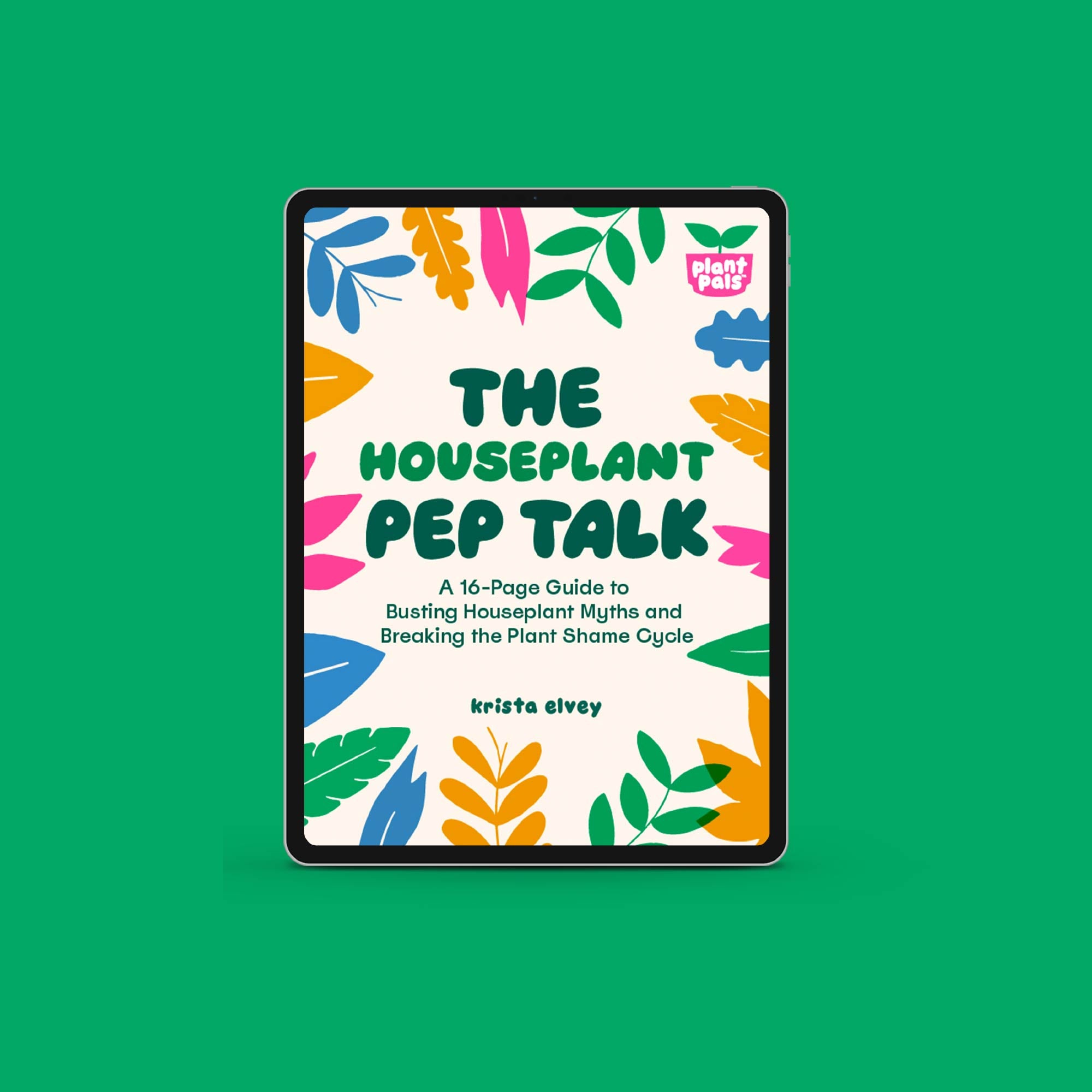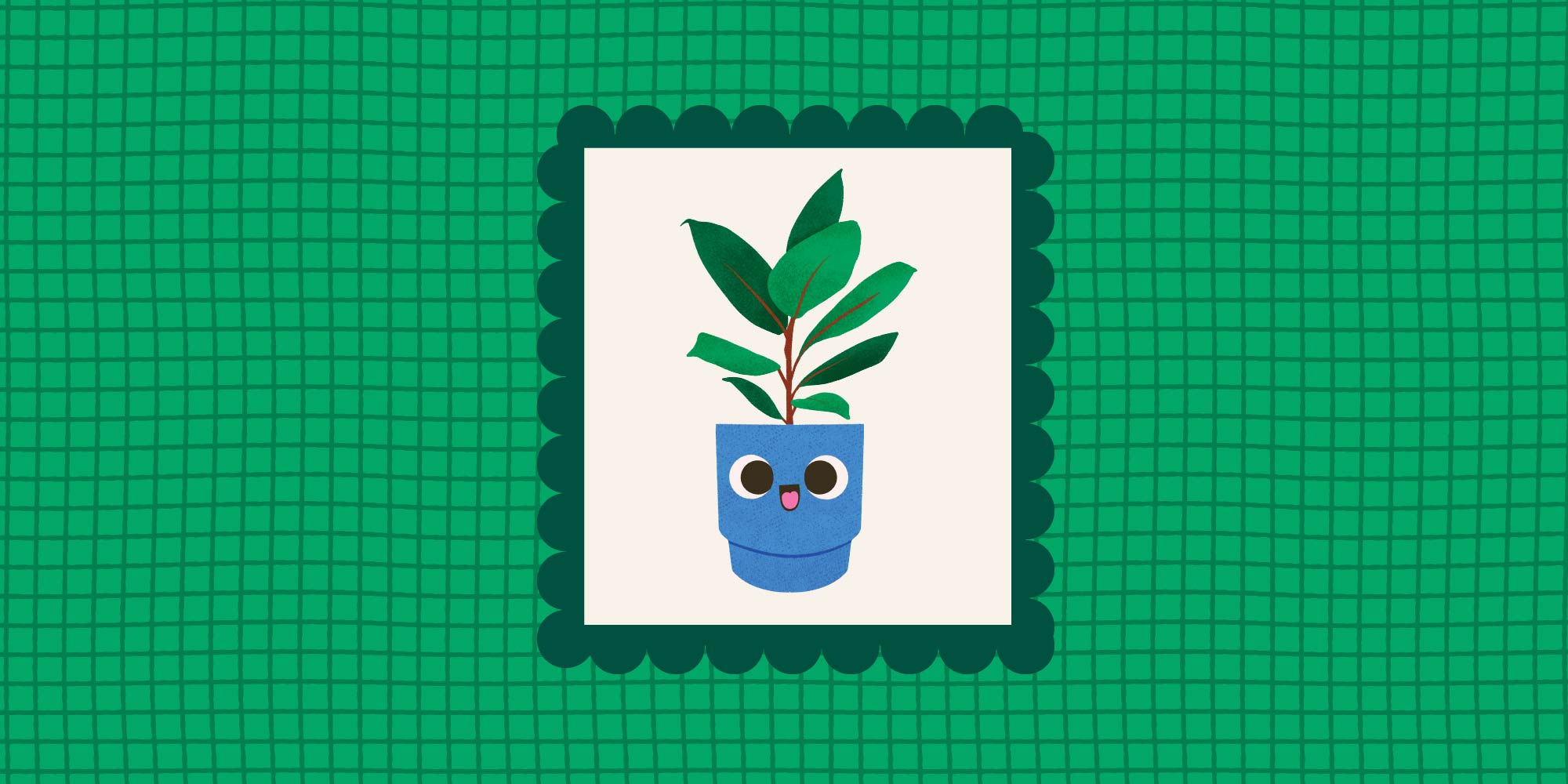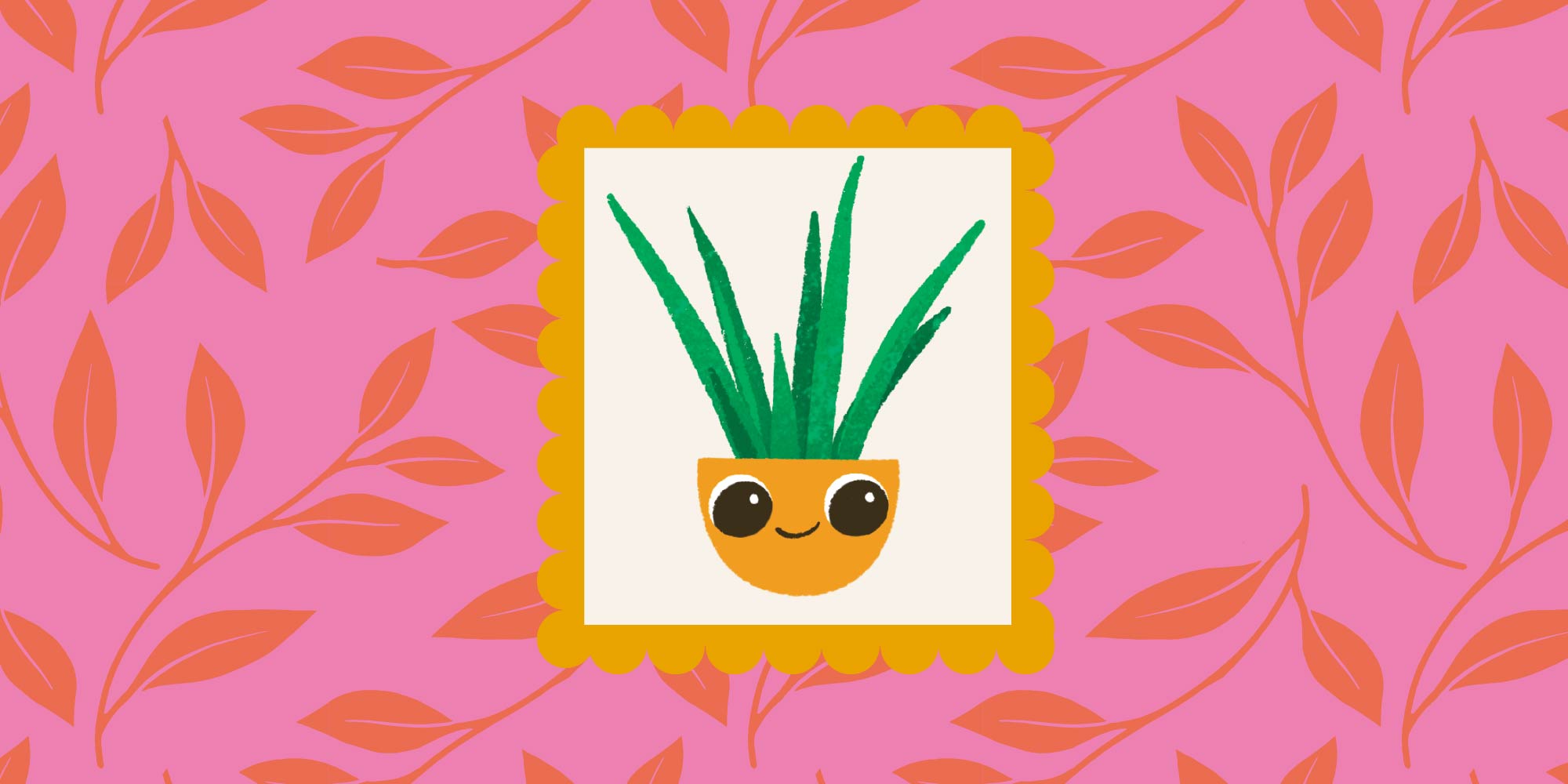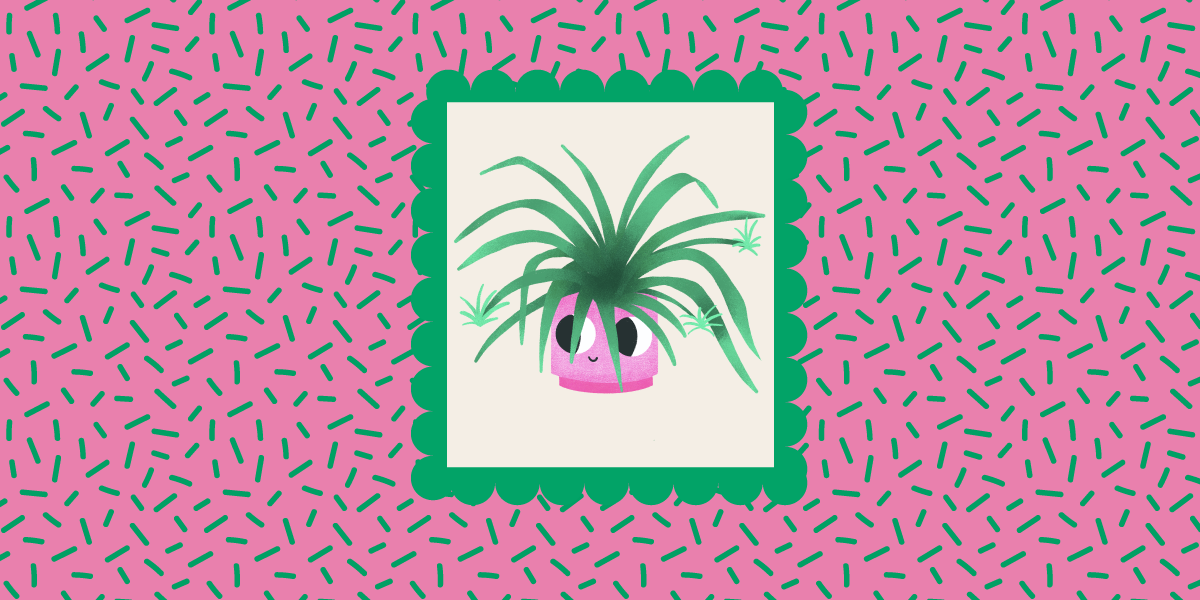Houseplants Aren’t Real
Quick question: What do houseplants have in common with seagulls, wild horses, and house cats?
They’re all victims of effective (but misleading) branding. None of them actually exist.
And by that, I mean that there is no specific taxonomic category of plants called “houseplants,” and there never has been.
What is this, English class?
I get it. This feels like an annoying riddle, and we all know that one person who can’t help mentioning that “Actually, they’re just ‘Gulls’” when you point out a bird at the beach. (I’m married to one.)
But when you’re jumping into the world of plant research or just trying to understand your own Plant Pals better, the ability to find and use the right phrases can save you a lot of time and frustration. So I wanted to set the record straight and hopefully save you a headache or two!
But they obviously exist. I’ve seen horses and cats. I own houseplants!
Oh, totally! This isn’t The Matrix, or a Berenstain/Berenstein Bears situation. This is about the difference between common terms and scientific categories.
Seagulls are a common term for any gulls (there are around 50 species in total) that we see near water—and none of them are named “seagull.”
There are no longer any horses on Earth that are technically “wild,” or undomesticated breeds. Every horse you see in the wild has descended from a breed that was domesticated by humans at some point.
And house cats, unlike dogs, are not genetically different from cats found in the wild—to the point where many scientists believe that cats are domesticated by choice, rather than carefully-selected breeding traits.
Thanks, Ms. Frizzle! Weren’t we talking about plants?
Yes! And thank you for the compliment. “Houseplant” is not a scientifically-recognized term, but it is a widely recognized term to refer to plants that horticulturists have cultivated and grown indoors for decorative purposes.
What makes them different is that through their genetics and selective breeding over time, they have a small-but-important set of skills that allow them to survive in a domesticated environment.
These skills include, but aren’t limited to:
- The ability to cope with lower/inconsistent light levels.
- A resistance to drier air levels and air conditioning.
- A capacity to survive in limited space (their pot).
- Increased resistance to disease and pests.
- An overall resilience to changing conditions.
That last one is especially noteworthy, because it’s where humans come into the picture.Horticulturists may select or breed plants that are more resistant to environmental stresses, have longer lifespans, or show improved tolerance to factors such as drought, temperature fluctuations, or low light conditions.
That’s incredibly cool, in my opinion.
Agreed! But what does that mean for my Plant Pals?
Let’s consider this a reminder:
Your houseplant is happy at home with you, but its roots are still made for their original environment and climate.
They’re able to adapt to a lot of the quirks of living indoors, especially if you know how they communicate their needs, but they’re genetically identical to their cousins in the wild.
They just want to feel at home!
If we keep that in mind, we’re already doing everything we can to be the best Plant People to our Plant Pals. And that’s a goal worth growing towards!



